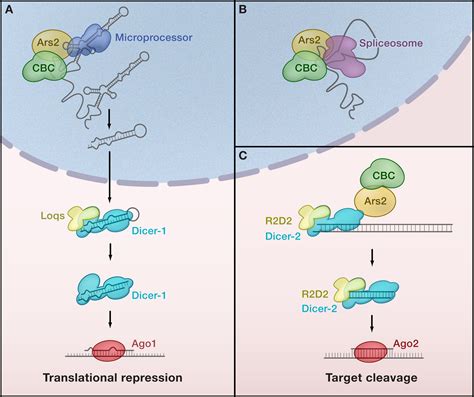“Understanding the biology of these parasites is becoming even more urgent.”
Step into the fascinating world of trypanosome parasites, where groundbreaking research by the Kowalinski group at EMBL Grenoble has illuminated a crucial discovery. These tiny organisms are not just any ordinary parasites – they hold secrets that could revolutionize drug discovery.
Imagine a scenario where insect-borne diseases spread across continents due to climate change. This reality underscores the significance of unraveling the mysteries surrounding trypanosomes and their protein complexes. These minuscule creatures hold immense power over life itself, using messenger RNAs (mRNAs) as their building blocks for survival.
“A better understanding of these molecular processes is fundamental to developing drugs.”
Eukaryotic organisms like humans and trypanosomes share common ground in DNA packaging within nuclei, yet subtle differences set them apart. The intricate dance between DNA transcription, mRNA processing, and protein synthesis orchestrates vital functions essential for existence.
In a recent scientific breakthrough published in Nature Communications, the Kowalinski group unraveled the enigmatic nuclear cap-binding complex within trypanosomes. This complex acts as a linchpin for mRNA processing, offering a potential bullseye for targeted drug interventions.
“Since trypanosomes carry a special RNA cap structure…”
Delving deeper into the structural nuances of this complex revealed startling disparities between human and trypanosome counterparts. While humans sport a duo of sub-units in their cap-binding complex, trypanosomes flaunt an ensemble cast of four subunits with hidden functionalities waiting to be deciphered.
The journey to unlock these mysteries was no walk in the park; it involved cutting-edge techniques like cryo-electron microscopy and small-angle X-ray scattering. These tools served as keys to unlocking hidden realms within the flexible architecture of the cap-binding complex.
“One of the flexibly linked subunits… specifically binds double-stranded RNAs.”
Picture researchers peering through microscopic lenses at hypermodified RNA caps unique to trypanosomes. These distinctive features pose intriguing questions about how the nuclear cap-binding complex navigates this elaborate molecular landscape with finesse.
Not content with mere observation, scientists probed further to unveil novel RNA binding sites within the intricate web of molecular interactions. Each discovery paved the way towards identifying potential vulnerabilities that could be exploited for therapeutic purposes.
“This avenue is currently being explored by a PhD student in my group.”
The tantalizing prospect of targeting this essential yet distinct cap-binding complex opens doors to innovative drug development strategies. With ongoing explorations supported by prestigious institutions and funding initiatives, such endeavors promise hope in combating diseases caused by these elusive parasites.
Moreover, insights gained from studying this complex lay solid groundwork for comprehending RNA biogenesis intricacies specific to Trypanosoma brucei (T.brucei). Beyond its immediate impact on health, T.brucei serves as an invaluable model organism shedding light on eukaryotic evolution and origins – unlocking evolutionary puzzles one discovery at a time.
In light of these revelations, Dr. Eva Kowalinski’s pioneering work supported by ERC funding heralds new frontiers in mRNA processing studies within trypanosomes. The exploration of trans-splicing mechanisms not only promises advancements in gene therapy but also underscores the potential for groundbreaking clinical applications on genetic disorders.
Embark on this scientific odyssey delving deep into unseen worlds teeming with possibilities – where each revelation unveils new horizons awaiting exploration!









Leave feedback about this